This is the 2,410Wh battery emergency backup power source that can keep a home’s electric appliances running during a power outage.
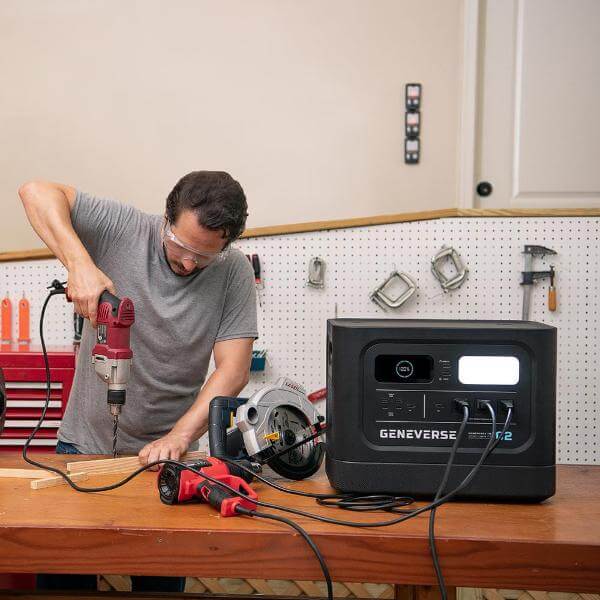
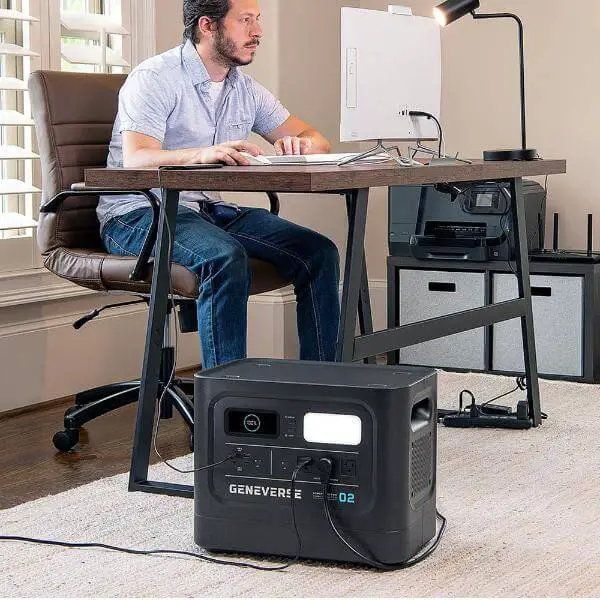
On a full charge, the 2,410Wh battery can power a refrigerator for up to 30 hours, an air conditioner for up to four days, a sump pump for 1-10 days, and fully recharge a laptop 18-20 times.
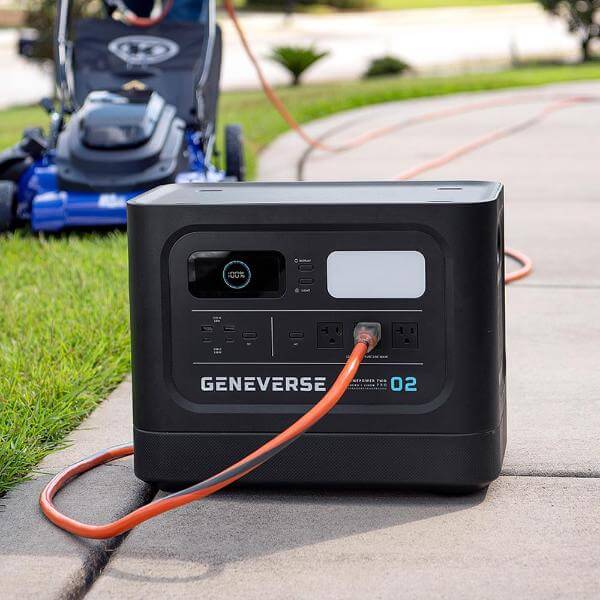
It offers three 120V/60Hz outlets, two 100W USB-C ports, and two Quick Charge USB-A ports to easily handle most appliances and devices.
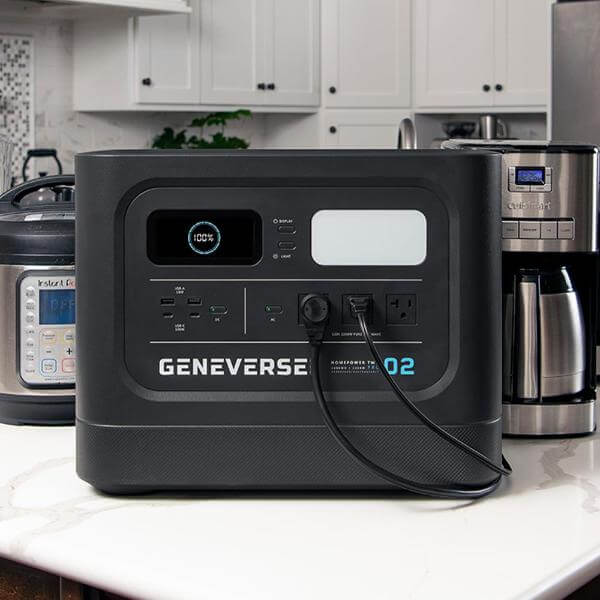
It holds a full charge for a year, ready to be deployed immediately in an emergency, and quickly recharges via AC, a car’s DC outlet, or a quick-charge solar panel (sold separately).
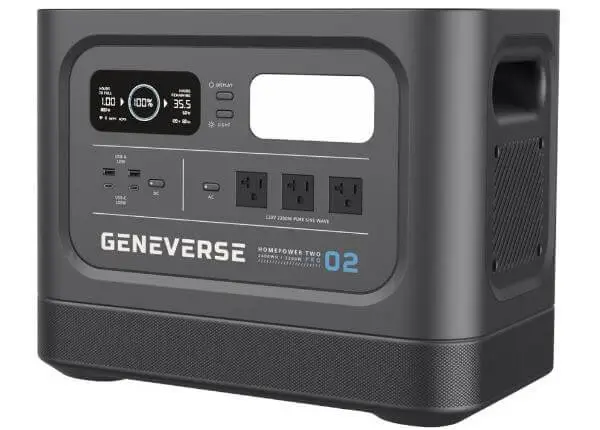
A large, bright display shows system and battery status and a free mobile app lets you control the power station from a smartphone.
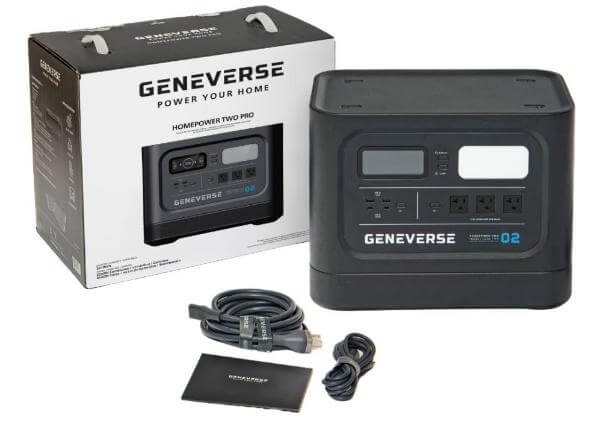
For indoor or outdoor use. 14″ H x 11″ W x 173/4″ D. (60 lbs.)
In our increasingly interconnected and technology-dependent world, a reliable power supply is essential for the smooth functioning of our homes.
Power outages, whether due to severe weather, grid failures, or other unforeseen circumstances, can disrupt our daily lives and compromise the safety and comfort of our homes.
To mitigate these challenges, many homeowners are turning to home backup power supply solutions to ensure uninterrupted electricity during times of need.
I. Understanding the Need for Home Backup Power
- Identifying Vulnerabilities:
- Power outages can occur for various reasons, such as storms, accidents, or infrastructure failures.
- Recognizing the vulnerabilities of the local power grid and understanding potential risks is crucial.
- Impact on Daily Life:
- Loss of power can disrupt essential services like lighting, heating or cooling, refrigeration, and medical devices.
- Extended power outages can result in financial losses and compromise security.
II. Types of Home Backup Power Supply Systems
- Portable Generators:
- Compact and versatile, portable generators are a popular choice for short-term power needs.
- They run on various fuels, such as gasoline, propane, or diesel.
- Suitable for powering essential appliances and devices during an outage.
- Standby Generators:
- Installed permanently and connected to the home’s electrical system.
- Automatically activate when a power outage is detected.
- Run on natural gas or propane, providing continuous power for an extended period.
- Solar Power Systems with Battery Storage:
- Harness energy from the sun to power the home and charge batteries.
- Battery storage ensures power availability during the night or on cloudy days.
- Environmentally friendly and reduces reliance on the grid.
- Uninterruptible Power Supply (UPS):
- Commonly used for protecting computers and sensitive electronic equipment.
- Provides short-term power during brief outages, allowing time for safe shutdown.
III. Factors to Consider When Choosing a Backup Power System
- Power Requirements:
- Assess the essential appliances and devices that need power during an outage.
- Calculate the wattage requirements to determine the capacity of the backup power system.
- Fuel Type and Availability:
- Consider the availability of fuel sources in the area.
- Choose a backup power system that aligns with the fuel accessibility and preferences.
- Installation and Maintenance:
- Evaluate the ease of installation and ongoing maintenance requirements.
- Professional installation may be necessary for certain systems.
- Budget and Cost Considerations:
- Compare the initial investment, operating costs, and maintenance expenses of different backup power solutions.
- Weigh the long-term benefits against the upfront costs.
IV. Ensuring Safety and Compliance
- Proper Ventilation:
- Ensure proper ventilation for generators to prevent carbon monoxide buildup.
- Follow manufacturer guidelines for installation and use.
- Compliance with Local Regulations:
- Check local regulations regarding the installation and use of backup power systems.
- Obtain necessary permits and approvals before installation.
- Regular Testing and Maintenance:
- Conduct regular tests to ensure the backup power system functions correctly.
- Schedule routine maintenance to address any issues and extend the system’s lifespan.
Conclusion
Investing in a home backup power supply system is a proactive step towards ensuring the continuity of daily life during power outages. Whether through portable generators, standby generators, solar power systems, or UPS, homeowners have a variety of options to choose from based on their specific needs and preferences.
By carefully considering factors such as power requirements, fuel availability, and safety measures, homeowners can select a reliable and efficient backup power solution to weather any unexpected power outage.
